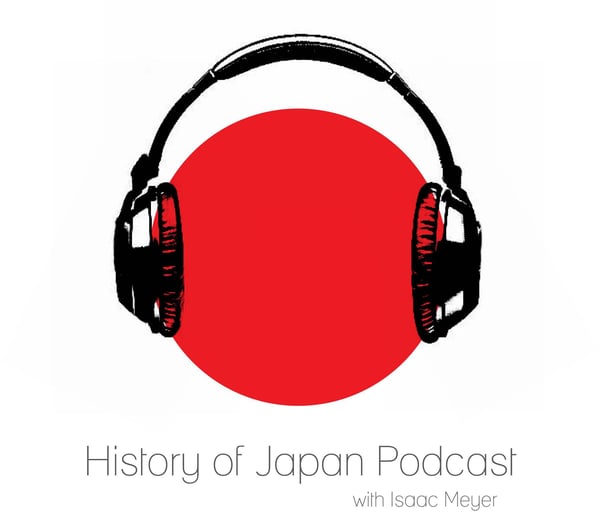Episode 563 - You Gotta Fight for Your Right to Party, Part 2
History of Japan
Isaac Meyer
4.8 • 744 Ratings
🗓️ 31 January 2025
⏱️ 36 minutes
🧾️ Download transcript
Summary
This week, we cover the second and third of Edo's three great riots in 1787 and 1866. How did samurai and commoners talk about these acts of mass violence? How was all this a manifestation of a sense of "street justice" among the masses? And what's with the handsome young guy everyone keeps swearing was secretly behind the whole thing?
Show notes here.
Transcript
Click on a timestamp to play from that location
| 0:00.0 | Hello and welcome to the history of Japan podcast episode 563. |
| 0:22.8 | You got a fight for your right to party, |
| 0:29.1 | part two. You have to imagine that from a certain perspective, something like the great Tenme riots of 1787 might seem like an act of God. If you were a samurai living in the |
| 0:35.9 | Shogun's capital city in that year, you probably had been |
| 0:38.6 | educated in Confucian philosophy, where one of the signs that a government is faltering and losing |
| 0:44.2 | its mandate from heaven to rule was an uptick in uprisings by the commoners. |
| 0:49.3 | And probably you didn't have the highest opinion of the commoners in general. |
| 0:53.3 | They were an unwashed, uneducated |
| 0:55.3 | mass who existed primarily to provide their betters with sustenance and to be morally improved by the |
| 1:00.9 | virtuous acts of their superiors. They certainly didn't do things on their own or act independently. |
| 1:09.3 | After all, that was why it was so important when they did get |
| 1:12.3 | Uppity to find out who was organizing the masses and to make an example of those people. |
| 1:18.3 | And this perhaps explains why when in the fifth lunar month of 1787, the peasants of Eddo |
| 1:24.1 | began to riot and burn huge chunks of the city, one of the most commonly seen |
| 1:28.6 | refrains in samurai commentary was that some sort of divine presence was assisting them. |
| 1:34.8 | To be fair, the sheer scale of what was happening probably lent it all a sense of heavenly judgment. |
| 1:40.1 | The first riots, driven by increasing hunger among the city's poor, began in the neighborhoods |
| 1:45.5 | of Asaksa, Honjo, and Fukugawa. |
| 1:48.3 | In other words, the poor areas of the Stamachi, the lower town outside the well-manicured |
| 1:53.7 | warrior neighborhoods at the heart of Edo. |
| 1:57.3 | However, when the northern and southern city magistrates, the officials responsible for managing |
| 2:01.9 | Edo in that year, respectively Magari Bucci Kagetsugu and Yamamura, Takakira, dithered on how to |
... |
Please login to see the full transcript.
Disclaimer: The podcast and artwork embedded on this page are from Isaac Meyer, and are the property of its owner and not affiliated with or endorsed by Tapesearch.
Generated transcripts are the property of Isaac Meyer and are distributed freely under the Fair Use doctrine. Transcripts generated by Tapesearch are not guaranteed to be accurate.
Copyright © Tapesearch 2025.

